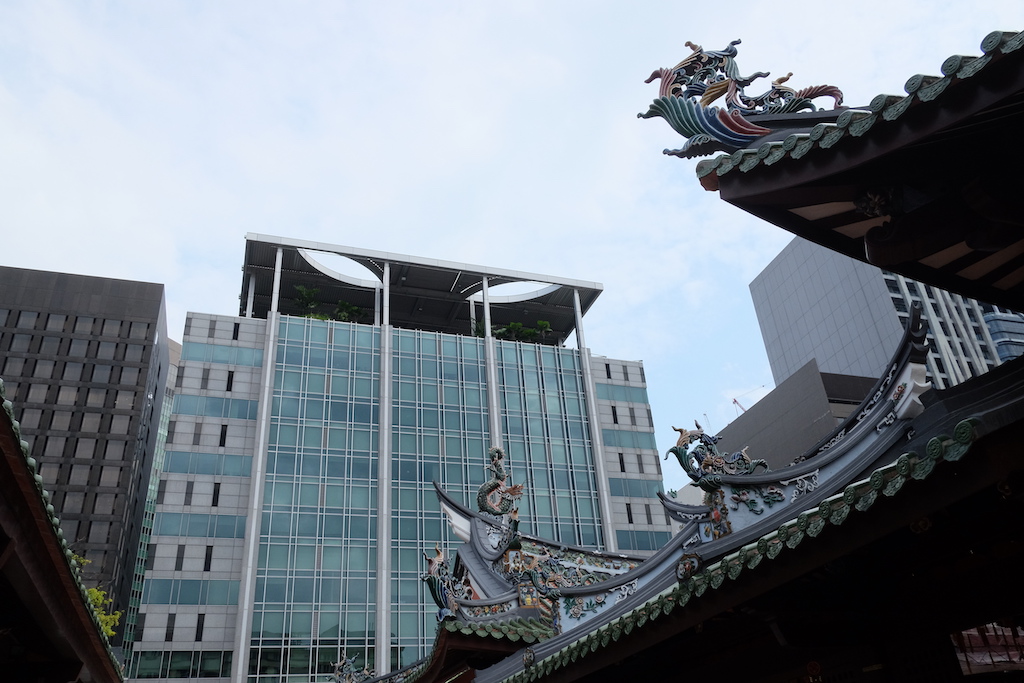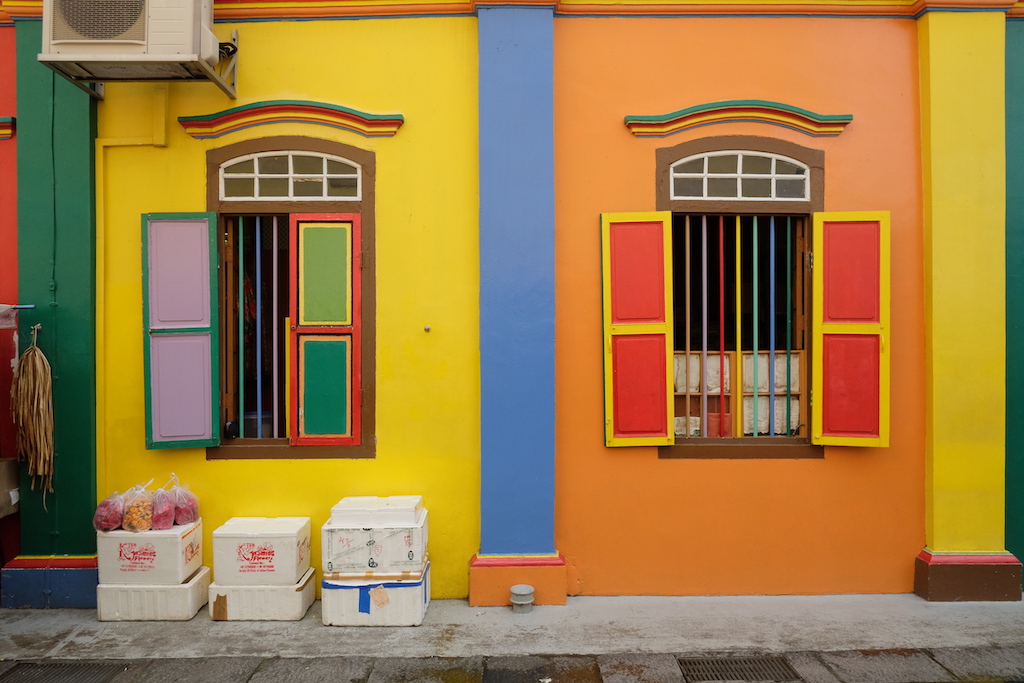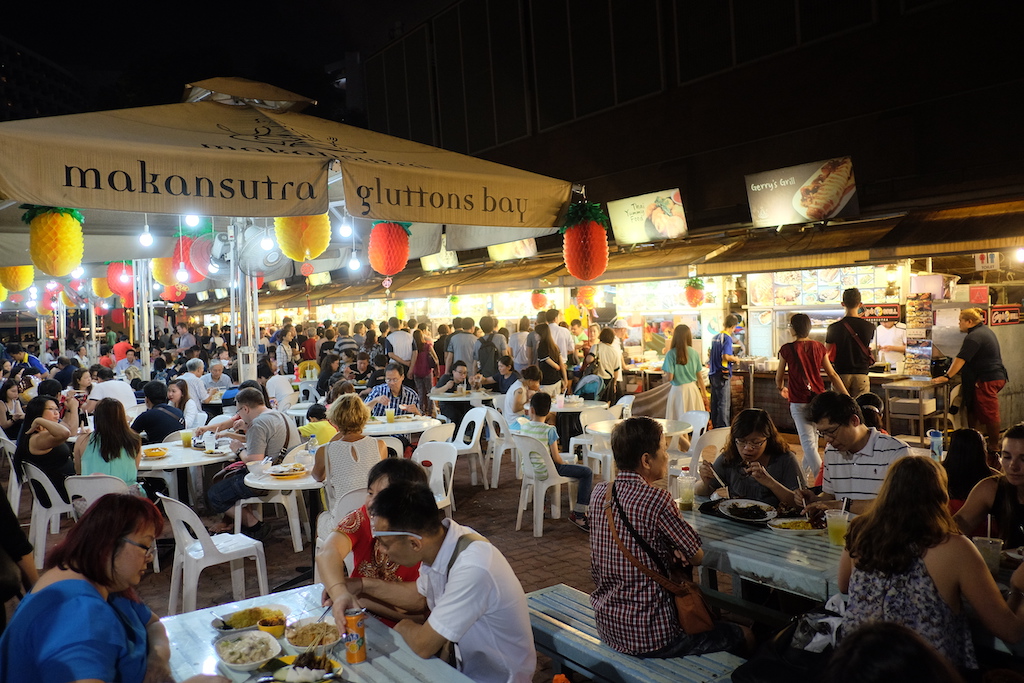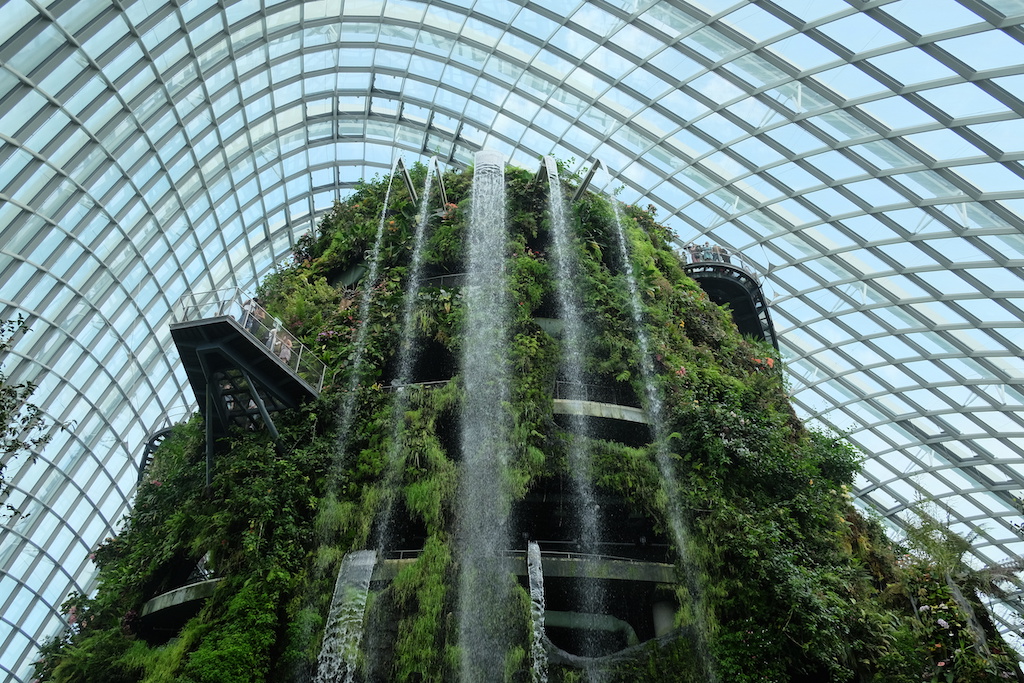Kay Monteclaro is one of the 200k Filipinos in Singapore. She writes from the point of view of Filipino architects working and living in the city state, and why no matter how much they wanted to stay, they are always looking beyond.
Moving out of your comfort zone will never be easy. But as Filipinos, we know too well that going for the overseas option will always be in the pipeline. Maybe not for all, but still for many.
I was among the wave of new architects from the Philippines who moved to Singapore between the late 2000 and 2010. Together with my husband Dunhill, we tried our luck in this Little Red Dot, like how locals fondly call Singapore.
Small country, big ambitions
Considered as one of the only three city-states in the world, Singapore swiftly transformed from being a mere stop-over port city to one of the richest and most modern countries in the world. With this development, the demand of the construction sector also rose dramatically. Being a small territory, Singapore needed FTs (Foreign Talents) from around the world to keep up.
How Singapore transitioned from a third world country to first world in just one generation is impressive. Despite this, they were able to preserve their historic buildings. Restored shophouses from the 1950s which remain intact and livable, bring a nostalgia of the Singapore before the boom. Alongside them are the ultra-modern architectural icons such as Marina Bay Sands and Gardens by the Bay.
This architectural paradox is not new and unique to this country, but the changes happened so fast that for architects like us, it is an admiring feat. Our architectural knowledge and experience suddenly seemed so inconsequential. Five years of study, two years of applied knowledge, six months of review for the board exams, and we barely scratched the surface. There is still plenty to learn in this tiny city.
Occupying a small land area, living conditions here in Singapore can be considered compact. It is rare to live on landed homes because of the high cost of land. Tall buildings are everywhere, apartment and condominium living is the norm.
“Public housing looks like Lego houses, they are neat and effective.This is a being product of a uniquely Singaporean problem: limited land areas,” observes Raquel Canlas, who worked for Steel Storage Asia, a company specializing in self-storage facilities.
On the contrary, the more modern this city gets, the greener it becomes. Turning Singapore a garden city was the vision of Singapore’s founding father – Lee Kuan Yew. Lush greenery and countless pocket parks are systematically built in between and around housing estates and business districts, providing seamless balance of concrete and nature. Along the city fringe area are hike trails, parks, and a stretch of seacoast that runs along its border.
“There are still see plenty of trees and greeneries in Singapore despite being a very cosmopolitan city. Modern buildings and open spaces are well designed and implemented. Having traveled to other countries, what is distinctly Singapore when it comes to architecture is how they blend technology and nature. You will see building façades incorporating plants as one of the design elements,” adds Ronnie Lucena, an architect who used to work for a landscape architectural firm and now works for Formwerkz Architects, whose core business is to restore the balance between men and nature.

Expat living in Singapore
As a young professional without prior experience of working overseas (a newbie expat), I had my fair share of culture shock, but this was compensated by the large number of Filipinos living and working here in Singapore. It gives a sense of familiarity to every new “transplants.”
We were deeply impressed at how organized the city is. This is in stark contrast to the bustling Metro Manila and Metro Cebu, where we came from. Their efficient system also extends to public transport, where bus schedules can be accessed via mobile apps, accurate up to the last second.
Singapore is very safe. I can leave my phone and other stuff in a public place, and it will still be there when I come back. The cabbies would give your change back up to the last cent. I can jog almost everywhere, even at two in the morning, without the fear of getting harassed or robbed. The sense of security feels so alien and re-assuring for someone like me who grew up in Manila.
My friend and fellow architect, Raquel also shares this sentiment. Letting your guard down takes getting used to.
“I was so used to insane traffic jam every day on my way to and from work in Manila. Here, it’s completely the opposite. It was also huge adjustment to let go of my alert mode when riding public transport, and not needing a pepper spray wherever I go.”
Raquel, Filipino expat in Singapore
Although the main spoken language here is English, one must get accustomed to “Singlish”, or Singapore-English. Singlish is a mixture of English, Malay, Mandarin, and Hokkien dialects spoken in a distinctly local accent. It is understandable to say that communication won’t be completely easy.
“It took me two weeks to finally learn how to speak and understand Singlish,” adds Raquel.
“This was my biggest adjustment too. You will hear it everywhere, in the markets, train stations, malls, etc. But also, at your workplace so you really must learn it. But I enjoyed it because it is new and fun,” recalls Ronnie and Christy Lucena, another architect couple who moved to Singapore 12 years ago.
“This was my biggest adjustment too. You will hear it everywhere, in the markets, train stations, malls, and at your workplace. You really must learn it. It is new and fun. I enjoyed it,” recalls Ronnie and Christy Lucena, another architect couple who moved to Singapore 12 years ago.

Contrary to some beliefs, Singapore is not a Chinese county, nor is it part of China. Its rich cultural diversity can be traced back to three main races – native Malaysians, early Chinese, and early Indian settlers. The British influence cannot be neglected either, as this is present in their food and their national language, which is heavily influenced by the British colonizers. Understanding this intricate marriage of different cultures is crucial for anyone who wants to work in Singapore.
“Interacting with other nationalities was challenging at the beginning as Singapore is a multiracial country. Despite differences in language, religion, daily practices or living circumstances, I learned to understand and socialize with different races with love and respect. It helped to develop my maturity in seeing the bigger picture to every new situation I face while working here in Singapore.”
Christy Lucena, Filipino expat in Singapore
My husband, Dunhill, was first to notice that the “porma culture” in relation to the individual’s status and courtesy here in Singapore is not as prevalent as what we have back in the Philippines. Most of the time, people won’t actually care if you are wearing a brandless flip-flops or a worn out t-shirt while you are in the mall or even in a fancy eatery. You will get the same service as the next person wearing a formal corporate attire or someone clad in designer clothes. What you wear or what brand you are using won’t discriminate nor elevate your status when you are out and about in this city. You could be sitting next to an unassuming millionaire CEO on a train or a shop.
“My initial expectation in a first world country such as Singapore was to see a lot of ostentatious behaviors from rich individuals. Years passed and this theory of mine eventually tipped over. It turned out that the real rich individuals are confident enough not to exhibit their wealth unlike what we are used to in the Philippines,” explains Dunhill.
Alvin Canlas, another fellow architect and friend, has a parallel point when it comes to Singapore’s stereotypes and social rank.
“I think many will assume and say that it’s the luxury items that dictate one’s success, but I think it’s just their way of life. This context may not be the exact representation of our social norms in the Philippines. Bottom line is that, truly rich people know where to spend or invest their wealth in.”

Melting pot of culture
Some of the many things that we get to enjoy here in Singapore are its racial harmony, food diversity and the convenience of day-to-day living. It only takes you less than an hour from the farthest point of the island to the other, unlike in some countries where you will have to drive or fly for hours to get from point A to point B.
For sports enthusiasts like us, a thirty-minute drive from the city center to the coast for our wakeboarding and wake surfing activities is hugely beneficial. Also, a variety of gyms that offer Mixed Martial Arts training are always within reach.
Ronnie and Christy, both leisure bikers, particularly enjoy the Park Connector Network, a 360-kilometer network of walking/running/cycling paths that connects various parks and green spaces, extending all the way to its coastal areas. extending all the way to Singapore’s coastal areas.
When it comes to food, the array of dishes in one “hawker center” alone is like a trip from east to west. A hawker center is a type of food court that is uniquely Singapore and can be found almost everywhere in this island nation.
Everyone eats there or has eaten there. From the mega rich to the poor, both foreigners and locals, young and old. If anything remained from the old Singapore, it is the hawker center, a tradition that will hopefully stay.

Second-home, but not really
In my university’s architectural batch alone, there were probably around twenty of us that came here. Now we are down to less than ten. My classmates and good friends, together with their kids are still enjoying our work and lives here in Singapore. It is not always easy, but for the most part, our lives as expats are not as dramatic as portrayed on TV and movies. Realistically speaking, our profession or job here is very much in line with our university degrees. This is the case for Filipino architects in Singapore.
When we first came here, we were very sure that we wanted to stay here for good. Unlike many Filipinos that we know, most of them just stay for a couple of years and will either go back home or settle somewhere in Australia or New Zealand. Not us. We really want to be Singapore´s permanent residents but after over a decade of residency, we are starting to set our sights somewhere else to build our roots as an alternative.
Christy echoes my doubts.
“Staying for good is not an option for me even if Singapore is a convenient and a safe country to stay. I’ll probably go back to my hometown. We are not permanent residents and for a family like us, it will be awfully expensive to stay. Ronnie and I have considered moving to New Zealand because we both love the countryside.”
Christy Lucena, Filipino expat in Singapore
Speaking as collective individuals, we have so much love and respect for this land which we consider our second home. But like many countries, there are so many uncertainties on what our future here holds. As the country becomes more progressive, the restrictions in accepting permanent residents and new citizens become tighter.
The reality for all of us is, no matter how much you embrace a country as your second home, it will always be up to them if they take you as their own or just be another long-term guest that (sooner or later) would need to come back to your motherland. Whichever it is, our human nature is to seek comfort where we deem available. As Filipinos, it is probably ingrained in our core to adapt and continue the spirit of resiliency within, no matter where we are situated.
Editor’s note: Ronnie and Christy have since moved back to the Philippines.
This article was first published in the Summer 2021 Issue of the Filipino Expat magazine.




